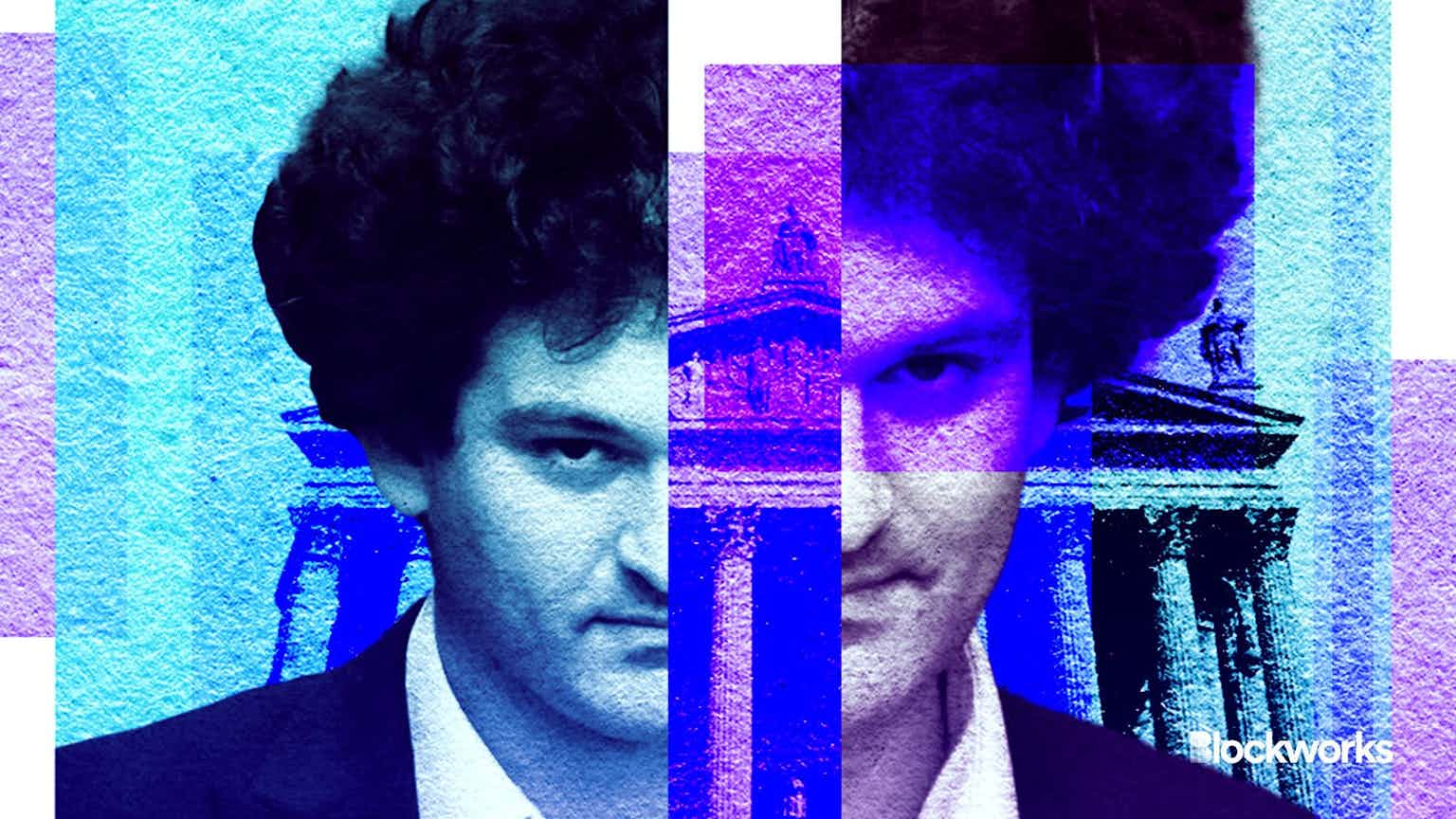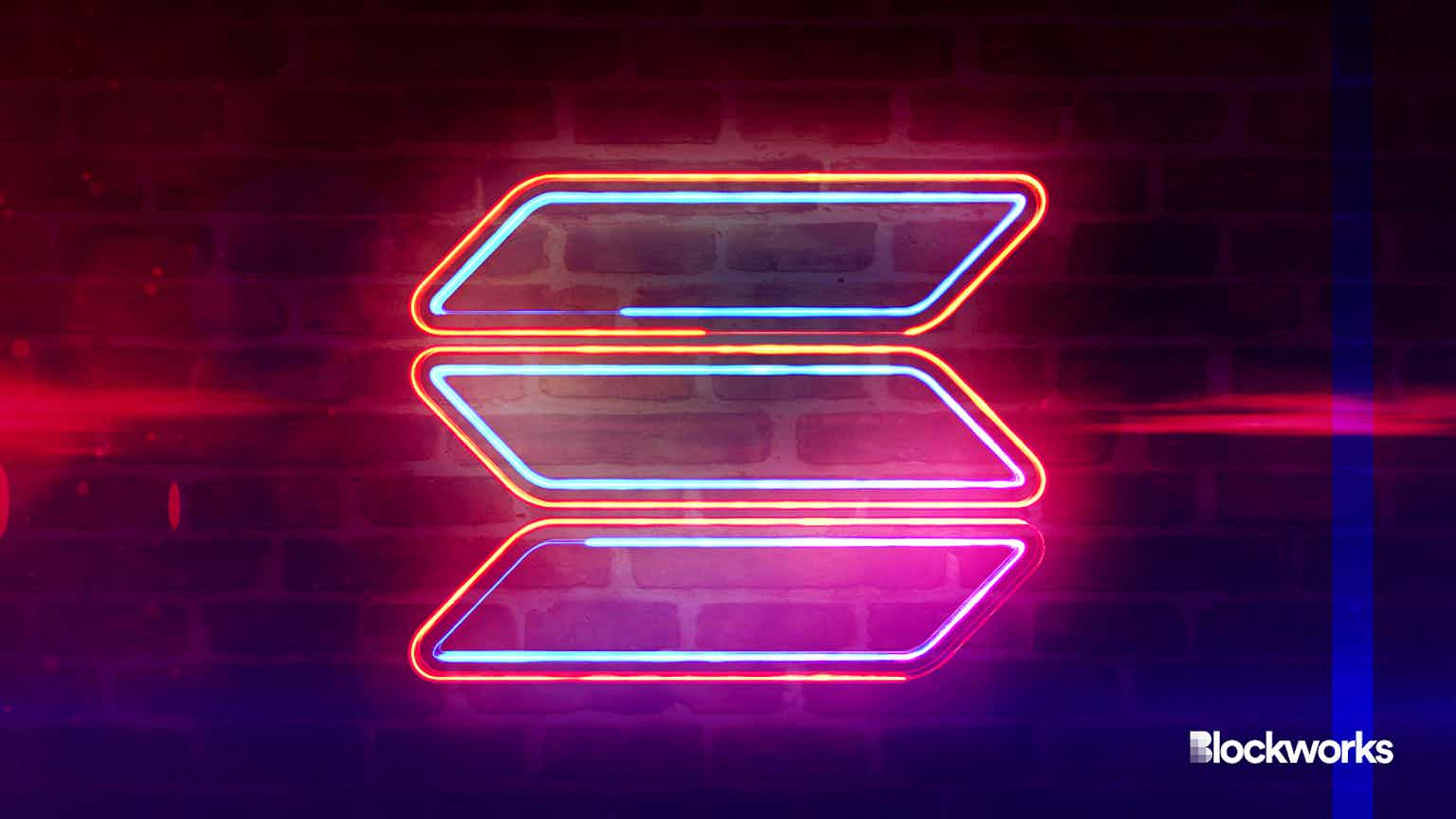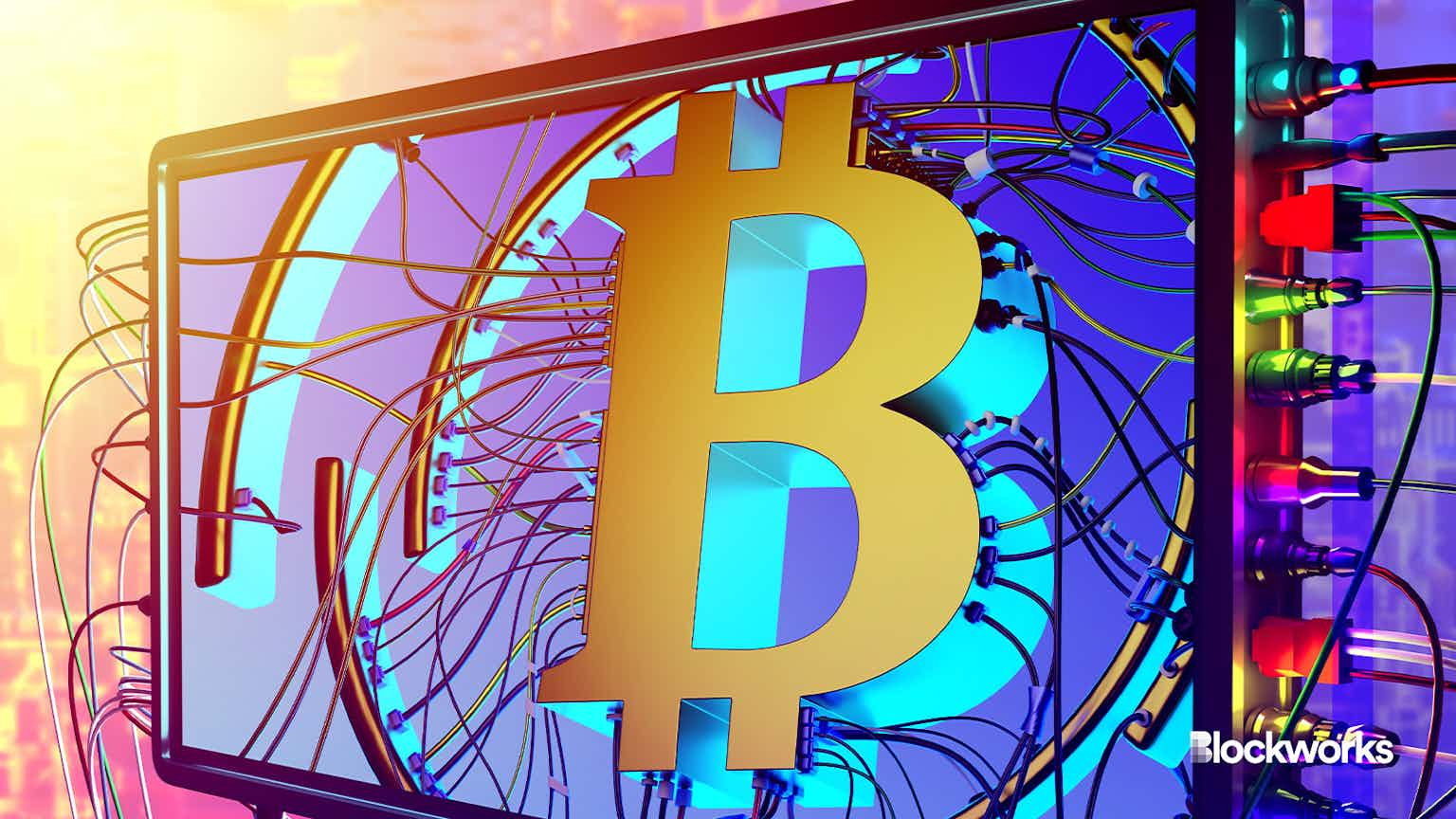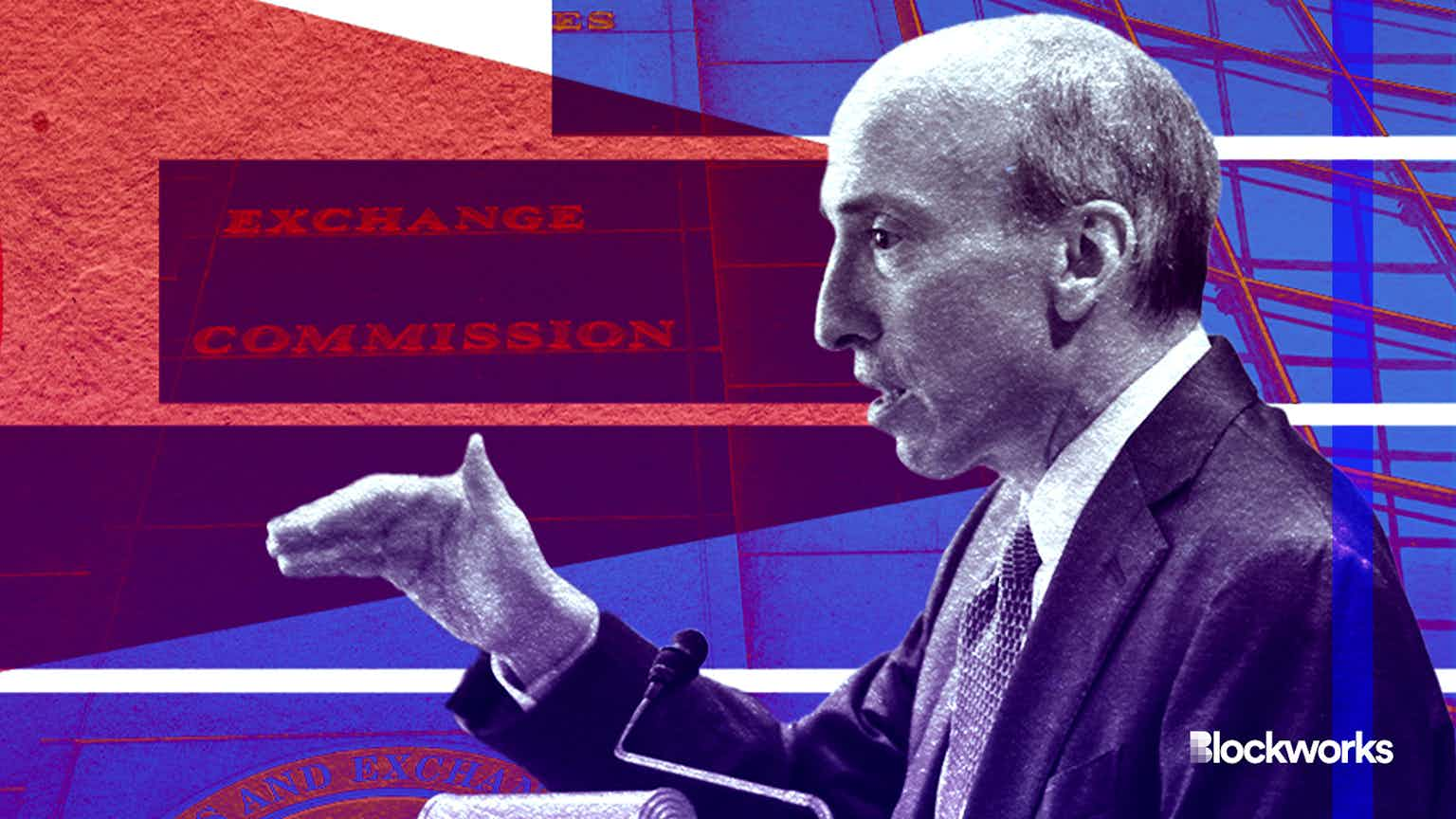How will the Bitcoin halving impact Bitcoin L2s?
Bitcoin will likely grow to rely on its layer-2 infrastructure for most post-halving transactions this year, experts say

Artwork by Crystal Le
The Bitcoin halving is anticipated to occur in the second half of April this year. Like real-world gold, bitcoin is considered by many to be “digital gold,” with a maximum supply of 21 million coins. As the Bitcoin halving draws near, many are concerned that miners will endure an inevitable revenue cut following the major event.
Mining bitcoin has previously been a profitable way for people to earn rewards while simultaneously securing the network. Fisher Yu is the co-founder of Babylon, a project aiming to create a Bitcoin-secured proof-of-stake economy. He noted the motivation behind early participation in Bitcoin’s proof-of-work security, attributing it to the high amount of bitcoin rewards available when the blockchain was first created.
“Nakamoto’s hope is that, over time, Bitcoin becomes very well adopted so that the increase in transaction fee will outrun the reduction in mining rewards, so that miners’ operational costs are well covered,” Yu said.
Read more: Why most bitcoin mining stocks are down amid a persistent crypto rally
Although such a trend is observed, Yu notes that existing transaction fees are not quite sufficient, and there are growing concerns that miners may leave the network, reducing the blockchain’s overall security.
This belief is shared by Max Chamberlin, the founder of next-gen EVM and layer-2 for Bitcoin, Bitfinity, who noted that many bitcoin mining businesses could become unsustainable following the halving.
“While bitcoin’s mining difficulty is dynamic, automatically adjusting to the current hash rate capabilities, it would still be better for the network’s decentralization to have as many miners as possible,” Chamberlin said.
Read more: 20% of bitcoin network hash rate could go offline after halving: Galaxy
He notes that the emergence of Bitcoin Ordinals has boosted on-chain activity significantly and provided miners with a considerable new stream of income through transaction fees, which have so far amounted to almost $240 million.
“In a broader sense, the introduction of ordinals and Runes has sparked considerable excitement within the cryptocurrency community in general, introducing a novel category of tokens — assets that exist directly on the Bitcoin blockchain,” Chamberlin said.
Despite this, Chamberlin is aware that the Bitcoin ecosystem still needs to work on developing broad-spectrum, general-purpose applications, a challenge that stems primarily from the constraints of Bitcoin’s programming language, Script.
“This predicament echoes a longstanding conundrum in finance — the emergence of new assets begs the question of what to do with them,” he said.
Read more: The history of Bitcoin halvings — and why this time might look different
He remarks that a potential solution to this concern is to integrate assets into DeFi services through Bitcoin layer-2 solutions, which often enable a more complex ecosystem of decentralized applications.
“Bitfinity, a next-gen EVM serving as a layer-2 for Bitcoin and other assets, emerges as a strong contender in this regard. It provides developers with the familiar EVM programming environment but with access to Runes and other Bitcoin-native assets,” Chamberlin said.
Yu agrees and explains that Babylon’s Bitcoin staking protocol could alleviate some of the growing concerns around cut rewards. He notes that miners could use their bitcoin to secure its proof-of-stake economy and be rewarded for their security.
Read more: Let’s talk Bitcoin staking: Babylon’s litepaper
Rena Shah shares this sentiment. Shah is the vice president of products and operations at Trust Machines, a company that is building a decentralized economy on Bitcoin. She told Blockworks that Bitcoin will likely grow to rely on its layer-2 infrastructure a lot more for most post-halving transactions this year.
“While the base layer will still focus on high-value settlements, Bitcoin DeFi and other activities will no longer have to use the base layer, as more [layer-2s] start unlocking frictionless usability,” she said.
She added that “solving transaction times, identity solutions and even wallet functionality between the [layer-1] and [layer-2s] are areas our team at Trust Machines has identified as most appealing to users. As well as DeFi opportunities, which are of particular interest to users of other smart contract-based chains.”
Updated April 3, 2024 at 4:29 pm ET: Clarified to convey that references to “Bitfinity” are unrelated to Binance’s Bitfinity payments company.
Start your day with top crypto insights from David Canellis and Katherine Ross. Subscribe to the Empire newsletter.





